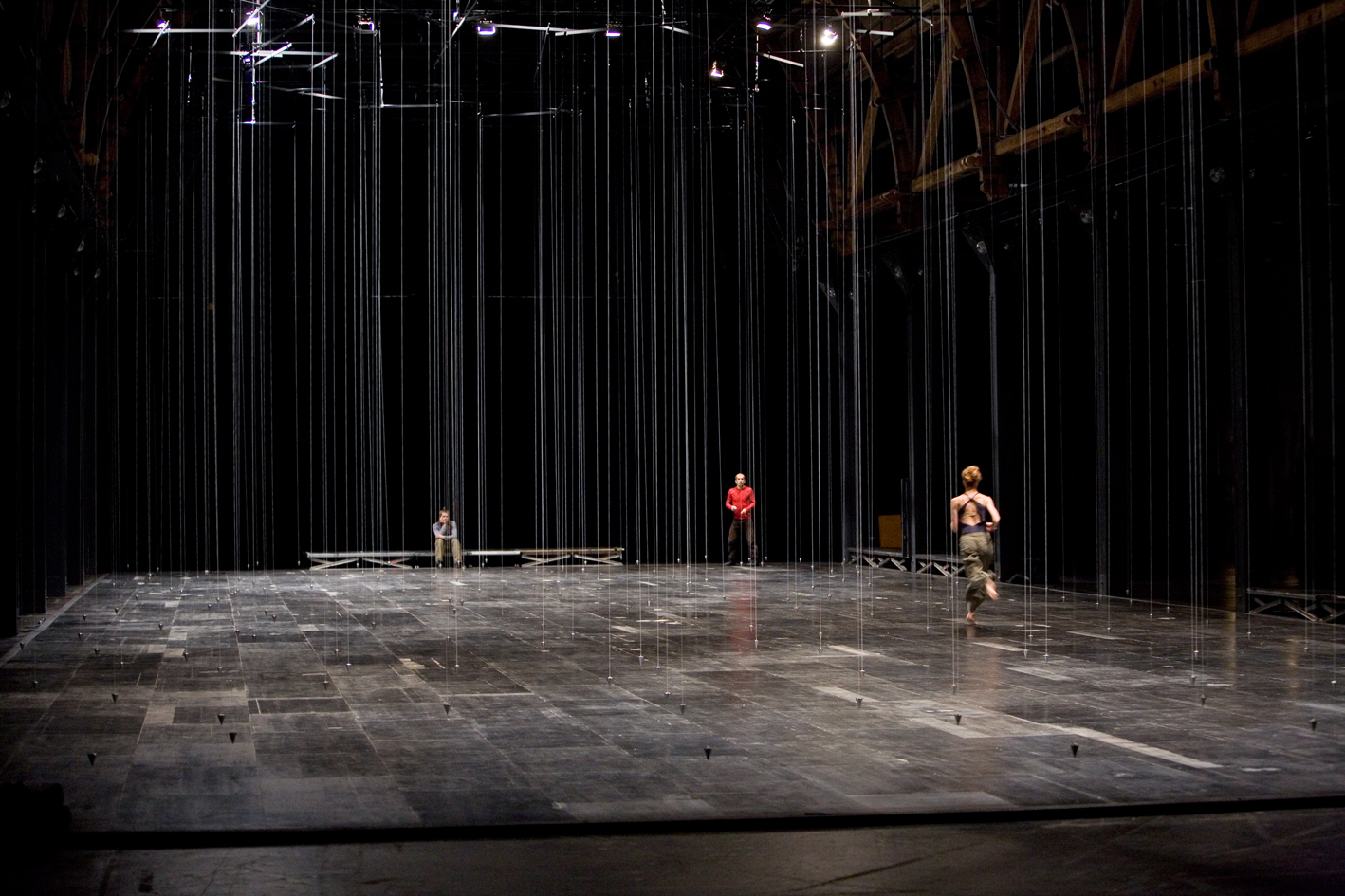
Kaws
Expanded Holiday
Expanded Holiday demonstrated the enormous potential of AR technology, which provides virtual perspectives on real-world environments, and conveys KAWS’s mischievous humour through the juxtaposition of physical and virtual worlds. These virtual sculptures were accessible via the Acute Art app and could be experienced in conjunction with the NGV’s exclusive exhibition KAWS: Companionship in the Age of Loneliness, a comprehensive survey of 25 years of KAWS’s oeuvre and his largest solo survey to date. Full of humour, hope and humanity, the exhibition featured more than 100 works including iconic paintings reappropriating pop-culture figures to more recent largescale, layered works, and an impressive collection of KAWS’s celebrated sculptural figures.



